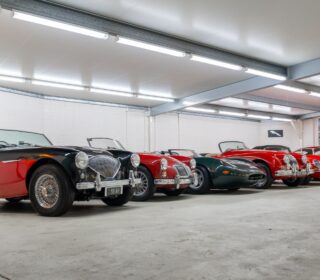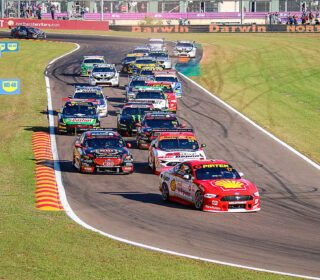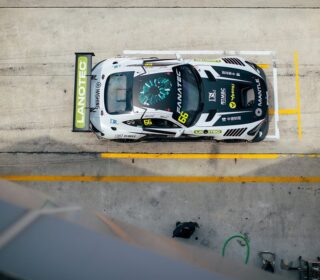HOW NISSAN HELPED BRIDGED THE SUPERCAR – 12 HOUR GAP
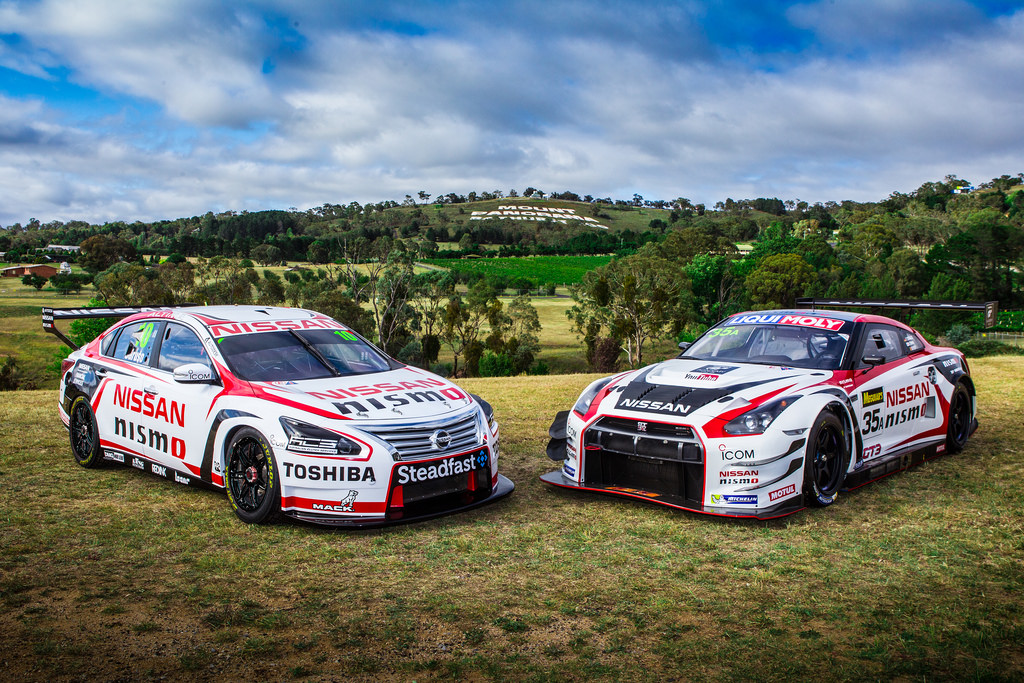
NISSAN’s withdrawal from Australian Motorsport is not a surprise.
The ever-changing car market and a lack of results (both on track and on the showroom floor) conspired against the Japanese brand.
A significant change of upper management, triggered by the departure of the motorsport-friendly CEO Richard Emery, didn’t help.
However the brand leaves a positive imprint on the sport, in particular in the way they involved themselves in more than just the Supercars Championship.
In fact, four consecutive Bathurst 12 Hour campaigns probably generated as much fan support and goodwill as their four-car Supercars team did racing for an entire season.
Backed by an engaged head office, NISMO and a local team, headed by Emery but backed ably by supporters internally in the media and marketing departments, the brand made waves.
What’s more, in 2015 they were the only brand actively supporting both the 12-Hour and Supercars – so were caught in the middle when the two entities were caught up in the well publicised war over clashing dates.
Ironically, it was Nissan’s unwavering support of both that perhaps helped to bring them together.
ON JUNE 23, 2014 – it was a Monday – industry news website Speedcafe.com reported that Supercars annual pre-season test day would clash with the 2015 Bathurst 12 Hour.
Rumors had begun circulating at the Hidden Valley Supercars round the weekend prior.
The story, broken by then-editor Stefan Bartholomaeus, would turn out to be one of the biggest of the year: It also created a wave of negative commentary amongst both media and fans alike – a majority of it directed in the direction of Supercars.
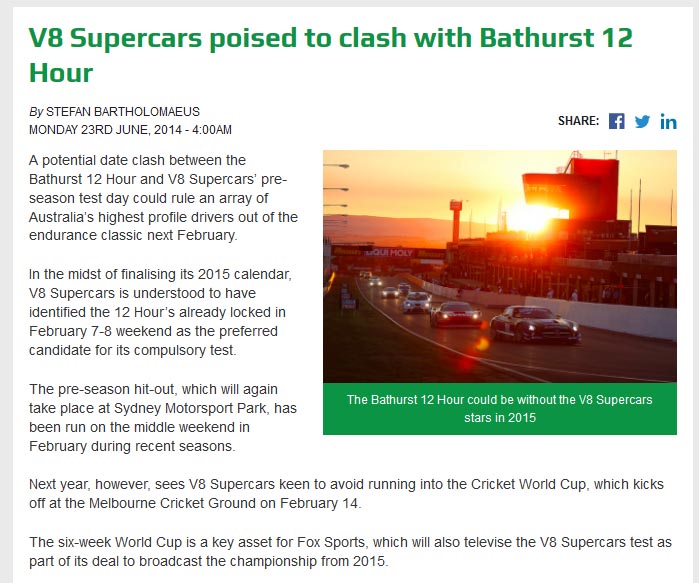
The organisation at the time was in a difficult financial position and had identified the rapid rise of February’s Bathurst enduro – and GT3 racing in particular – as a threat to their position in the local motorsport landscape.
There was no doubt the shift to a two-day test event at Sydney Motorsport Park was a decisive move to stop Supercars key intellectual property – the drivers – from racing in the event and having the 12-hour supposedly benefit from their star power and media draw. It didn’t go down particularly well.
THE 12-HOUR didn’t really react to the story, at least not overtly.
I vaguely remember issuing a brief statement along the lines of ‘it’s business of usual for us’. Internally, a discussion with then-promoter James O’Brien was centered around not giving the story any oxygen from our end and just doing what we had planned to do. In reality, nothing changed.
The event would continue. It would continue to attract a world class grid. It had live TV coverage of the entire race for the first time and it would survive – with all due respect to them – without the likes of Craig Lowndes, Will Davison and Shane van Gisbergen.
We also noted the public support coming our way: saying nothing ensured that we looked like the stoic underdog just doing our thing.
We also knew early in the piece that we had Nissan’s support. After a challenging 2014 campaign, the brand had committed to returning and had also committed their full resources to promoting the event as they targeted a Bathurst win.
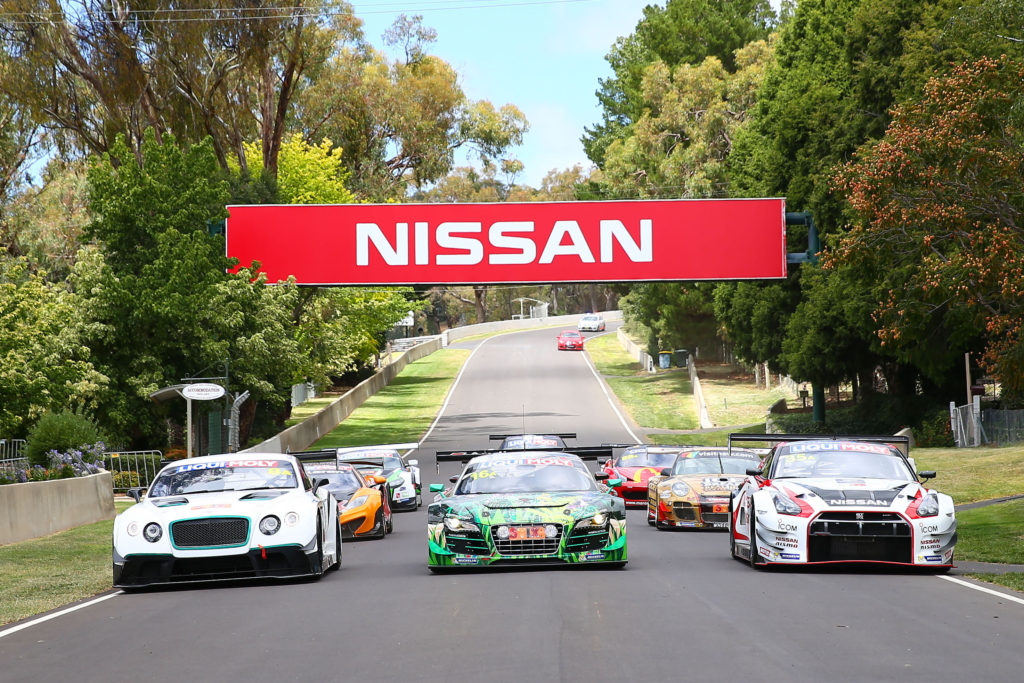
There were so many positive story lines around their involvement, both domestically and internationally, that a mere clash with a test session was unlikely to interrupt their messaging.
From an early stage, Nissan were proactive in pushing their angles: The clash was a disappointment and a frustration, however a ‘we’re doing both’ and ‘we like both’ approach was also clear. It was a great show of support for the 12-hour but also positive for the sport in general because Nissan were putting the sport first and the politics second.
They never said anything negative about the test day, but made it clear they went racing to race, not to test, and that their marketing and promo efforts would be centered around the event in Bathurst, and not the one in Sydney a few hours the other side of the Blue Mountains.
THE biggest hitch at the 12-hour end came early in race week, when Nissan’s PR A-team of Chris Jordan and Grant Rowley rang with an idea.
News that Michael Caruso’s 2015 car would sport the factory, White, Red and Black NISMO scheme – the same as on the GT-R GT3 that would race at Bathurst – was about to be announced to the media. How good would it be to get a shot of the Altima Supercar with the Bathurst GT-R, with Mount Panorama in the background?
The concept was to run a Supercar up from Sydney on the Thursday morning, grab the GT-R and put the two of them together at the top of the campgrounds with the Mount Panorama Skyline in the background.
It would be Very Good, I agreed. The race fan and PR guy in me loved it.
The Event, however, was not as enthusiastic.
At no point, I was told, would the Nissan Motorsport Supercars transporter and the associated Supercar enter the event precinct. The fact that Thursday morning is perhaps the busiest time in the entire event week, with teams, support categories, campers and officials all bumping in was the official reason.
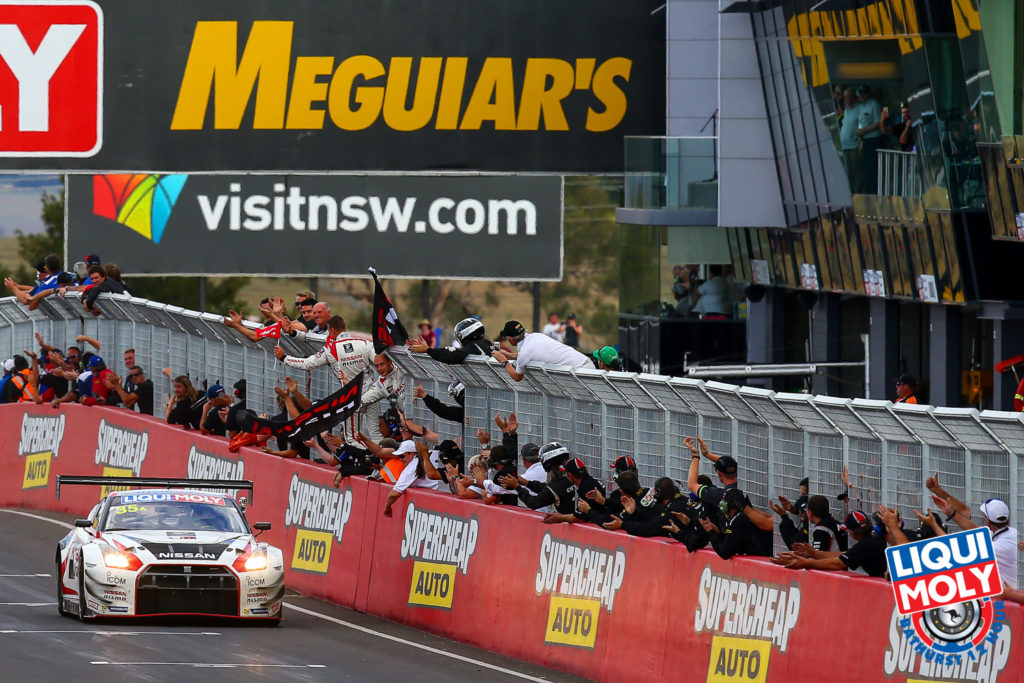
Threading a massive transporter through the internal circuit roads wasn’t in the operational plan, though there’s no doubt there was zero interest from the Event to promote anything to do with the upcoming test day in the midst of our own pre-event PR campaign.
Later that day we would launch the event proper by driving 10 GT3 cars to the top of the Mountain for our traditional pre-event Photo shoot. It was a already a logistical nightmare that involved police road blocks, local indigenous people and an array of media and TV opportunities that needed to be managed.
The last thing we needed was a distraction and the potential for more of the moving pieces to go wrong.
Emails and phone calls went back and fourth between the Event, myself and Nissan across Tuesday and Wednesday and there were several ‘we are close moments’ without actually pushing the ‘go’ button.
The end result was that I had to make the call – one way or another – but on our heads would be It. And under no circumstances would it get in the way of anything.. anything occurring on site that Thursday.
Late on Wednesday evening I sent a tense Grant Rowley a message confirming that yes, let’s do it.
The good-will the Event and Nissan had generated was too important, to valuable for us to diminish this close to the race. The relationship between the event and Nissan’s PR crew was trusting and their enthusiasm and willingness to go way above and beyond to support the event – outside of their own program – was too good to disrupt by not taking the high road and supporting them in return.
The plan was hatched to get the Supercar in and out before about 8:30.
I WAS at the track early on Thursday morning to complete a guest stint on Midweek Motorsport for Radio LeMans, but I was nervous.
While I trusted the Nissan boys completely, there were so many moving pieces to the puzzle that there was plenty of opportunity for drama to strike.
I’m not afraid to admit that I took a ‘if I can’t see it, It’s not happening’ approach for a few hours that morning. I locked myself in the commentary box, phone on silent, chatting 12-hour with John Hindhaugh rather than wondering what was going on a few hundred meters back up the hill.
When I walked out of the studio just before 9 O’Clock, I saw the transporter leaving the circuit: It was all done within an hour.
“Did the Nissan thing happen?” I was quizzed by my boss soon afterwards.
It did and it was good. What’s more, they hadn’t even seen it. Relief was palpable.
HISTORY will record that Nissan won the Bathurst 12 Hour that year. It will also record that there was probably more social media content produced by Supercars drivers watching the race at Sydney Motorsport Park than there was by the same drivers about the test they were attending.
Our streaming and digital numbers quadrupled on the year prior and the crowd was noticeably larger.
Not that it was a war in the first place, but the 12-hour won the day on that warm and overcast Sunday in February.
Nissan went crazy. Katsumasa Chiyo made himself a national hero with his breathtaking fourth-to-first drive in the final ten minutes. It quite literally made global headlines for the brand and the event: You couldn’t have scripted a more perfect result to that race.
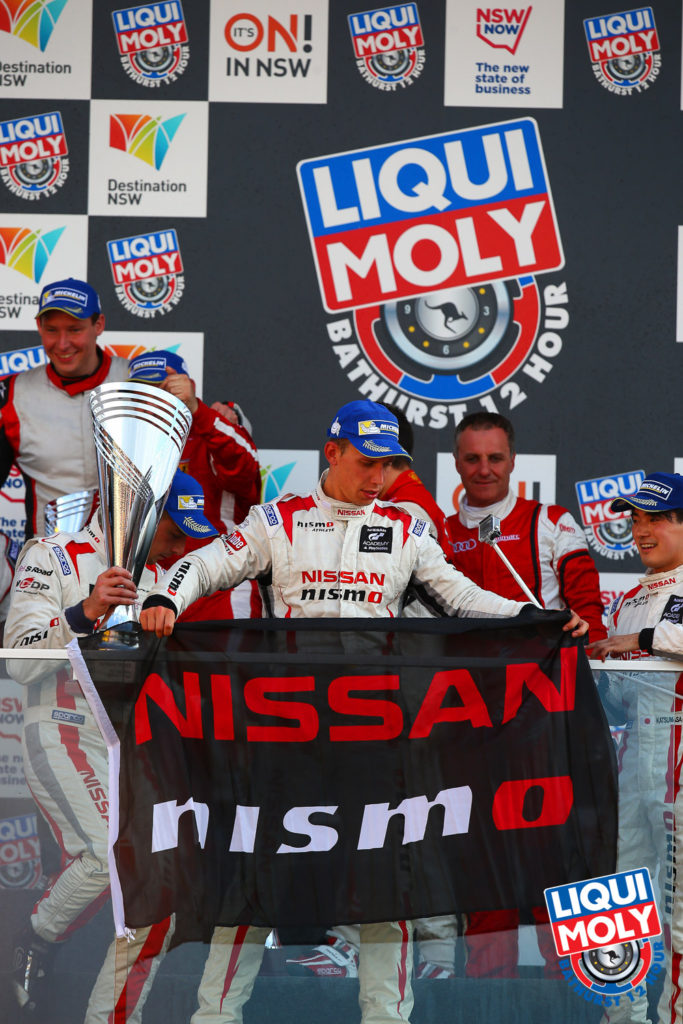
I remember raising a beer with the Nissan guys in the media centre later that night. It was a big moment for them, and for us behind the scenes at the event itself.
Six months later, amidst a world of irony, Supercars bought the 12-Hour and it continues to go from strength to strength to this day.
I DON’T know if our efforts to bring Nissan’s Supercar and 12-hour car had any role in that happening, though I’d like to think that it was proof of concept that, actually, both entities could not only get along but also serve each other in positive ways.
The 12-hour was complimentary to Supercars and the same could be said in reverse. History obviously, shows that we were right in that approach.
What I do know is that the 12-Hour probably wouldn’t have been the international success it is today without Nissan’s involvement.
The team at Nissan’s head office throughout the 2013-2016 period pushed the event hard and offered resources that, as an event, we couldn’t hope to match. They hosted media dinners, brought journalists in from interstate and even overseas, gave vehicles from their press fleet to the commentary team and streamed it on NISMO TV. They set a standard that only now are other brands doing at the event.
Audi were the linchpin on which the 12-Hour became a GT staple, but Nissan were the ones who helped take it to the level we all knew at which it could exist.
While they promoted their involvement as number one, their role in supporting the event as whole was significant and has never got the kind of recognition it should.
There’s no surprise that the brand has pulled the pin on an active involvement on motorsport locally, but they do so in the knowledge that they aided in creating genuine growth and improvement within the sport.
Manufacturers come and go in Motorsport, but not many of them can say that.
WORDS: Richard Craill
IMAGES: Nissan & Bathurst 12 Hour
Richard Craill has served as the Media Manager for the Liqui-Moly Bathurst 12 Hour since 2011 and continues in that role today working for Supercars Events. And no, the irony is not lost on him either.



